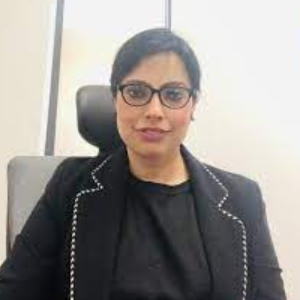Title : Multi-Dimension Metal Oxides and Organic Electronic Catalysts for Environmental Remediation
Abstract:
Metal oxides and organic semiconducting (electronic materials) remain of vital interest in the field of electrochemistry for their flexibility in chemical and electrochemical behavior. Electrochemical sensors are becoming popular, owing to their good detection performances, ease of operation, less expensive, fast, and selective analytic technique. The sensing performance is highly influenced by the electrode materials for enhancing the catalytic effects and elimination of interferers thus, it is of great importance to design new electrode materials. For developing electrode materials, we can hardly ignore metal oxides nanomaterials and conjugated organic semiconductors due to their high electrical conductivity, highly efficient, tailorable charge transport characteristics, and rapid signal transduction. Due to associate π-conjugation in the backbone of conjugated organic semiconductors, they exhibit a direct interaction with the analyte in a redox process and thus, help in increasing the selectivity and sensitivity. So far, metal oxides of different morphologies and dimensions are promising as sensing electrode materials for the detection of various harmful chemicals. S. Ameen et al. fabricated hexagonal ZnO nanopyramids (NPys) modified disposable screen printed electrode (SPE) chemical sensor which showed a good sensing behavior with a sensitivity of ∼293.5 μA/μM/cm2 and limit of detection (LOD) of ∼17.3 μM toward the detection of dichloromethane [1-2]. In other work, S. Ameen and co-workers reported Indandione oligomer@graphene oxide functionalized nanocomposites for enhanced and selective detection of trace Cr2+ and Cu2+ ions [3]. In this work, we present the multi-dimensional metal oxide nanomaterials and conjugated organic semiconductors as electrode materials towards the detection of hazardous chemicals. The advantages of utilizing multi-dimensional metal oxide nanomaterials and conjugated organic semiconductors as electrode materials are (1) these high yield materials are prepared by a facile and accessible low cost processes, (2) these materials display a large surface area and thus, show enhanced electrochemical properties towards chemical sensing applications, (3) and most importantly promising sensing parameter i.e, a high sensitivity with wide linear response range are obtained by using these electrode materials.


